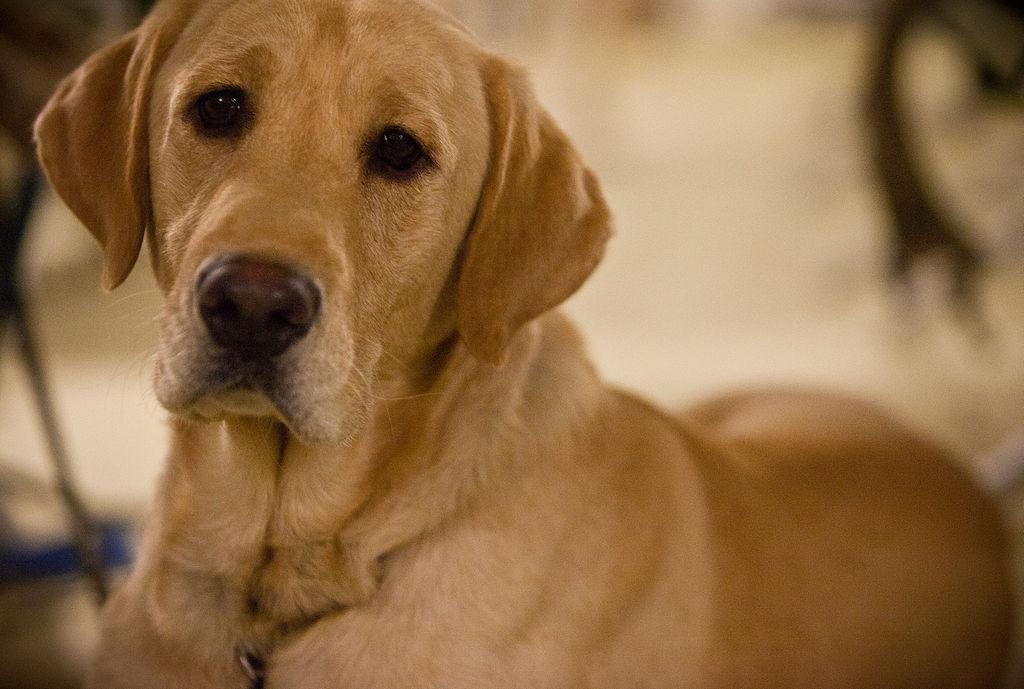How many reconnaissance robot stories have you and I discussed? Just in the last few months, there have been two kinds of leaping robots, mind-controlled cockroaches, and autonomous hurricane drones. But now instead of developing yet another bot full of artificial sensors, a team of researchers at Auburn University is working to harness the power of pre-existing sensor powerhouse—the common dog, Canis lupus familiaris.
Of course, man’s best friend already lends us his sensor array on a daily basis. Dogs flush game, find disaster survivors, guide the blind, disarm bad guys, and use their super-sensitive noses to detect everything from drugs and explosives to seizures and low blood sugar. However, even the most highly trained dog could be improved through something called autonomous canine guidance—a computerized harness system designed to control animals on complex missions without human direction or input.
Here’s how it works: First, you get a Labrador retriever named Major who has already proven himself in field trials and explosives detection. Then, you outfit Major with a harness that contains a microprocessor, GPS receiver, and various other orientation technologies. The vest can also make various tones and vibrations that the dog is trained to identify with commands. (A vibration on the back left quadrant means to turn left, a tone of 1,500 Hz means to go forward, etc. Actually, it’s kind of like SpiderSense.) Through these inputs, Major can be led from waypoint to waypoint.
Simply controlling the mutt through beeps and buzzes would be one thing, and you can probably imagine many scenarios where a remote control canine would be useful. Like when a certain Pomeranian I know starts eating her own poop. But remote control wouldn’t be very useful once the dog traveled beyond the handler’s line of sight.
And that’s where the autonomy comes in. The Auburn auto-dog system boasts a handful of algorithms that use the canine’s position and satellite data to determine which course the dog should take to reach its destination. In testing, the system worked with an overall rate of 86.6 percent, and the researchers think this performance could be improved by refining the vibrations associated with left and right commands. (Major had a tough time with either feeling the vibrations or understanding what to do with them. His response to tonal signals was “virtually flawless,” however.)
Obviously, live animals will always have drawbacks. Despite being highly trained, Major was affected by smells in the area and on the wind. He used his memory, sometimes slowing down before passing waypoints he’d been guided to on previous runs, instead of running straight to a target like a robot would. And animals have their own concerns—the researchers noted that at least one day of testing was affected by Major’s, uh … libido.
Still, the benefits could one day outweigh the disadvantages. Unlike any variety of reconnaissance robot, dogs already know how to run, jump, and navigate over difficult terrain. They come equipped with keen senses of hearing, smell, and sight. And best of all, they’re eager to please us—even if it means marching straight into harm’s way or forgoing an easy meal. Now, just imagine all the new tricks dogs could learn with their fancy, autopilot backpacks.
